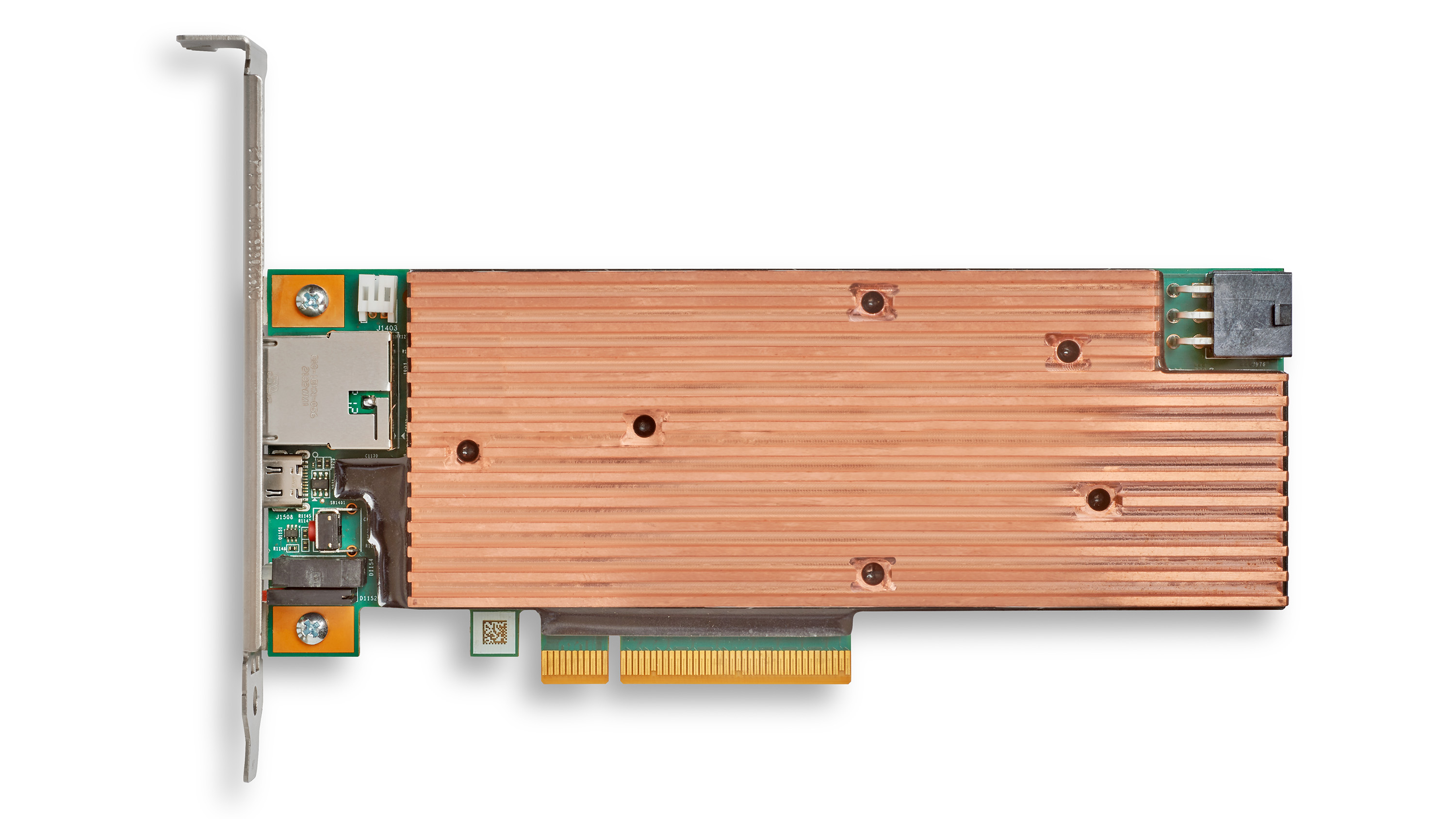

By Bill Hagerstrand, Director, Security Business, Marvell
Last year, Marvell announced that the Marvell LiquidSecurity family of cloud-based hardware security modules (HSMs) achieved FIPS 140-3, Level-3 certification from the National Institute of Standards and Technology. FIPS 140-3 certification is mandatory for many financial institutions and government agencies and, until then, had largely only been available with traditional self-managed, on-premises HSMs.
FIPS 140-3 certification also meant that cloud service providers could use LiquidSecurity HSMs to provide a wider range of security services to larger universe of customers.
Microsoft, which uses LiquidSecurity HSMs to power its Azure Key Vault and Azure Key Vault Managed HSM service, said it would begin to incorporate FIPS140-3 certified modules into its infrastructure.
This month, Microsoft began to offer single-tenant HSM services with FIPS 140-3 based services with LiquidSecurity in public preview.
“Every interaction in the digital world from processing financial transactions, securing applications like PKI, database encryption, document signing to securing cloud workloads and authenticating users relies on cryptographic keys. A poorly managed key is a security risk waiting to happen. Without a clear key management strategy, organizations face challenges such as data exposure, regulatory non-compliance and operational complexity,” Microsoft’s Sean Whalen wrote in the Azure Infrastructure blog. “An HSM is a cornerstone of a strong key management strategy, providing physical and logical security to safeguard cryptographic keys.

By Bill Hagerstrand, Security Solutions BU, Marvell
Time to grab a cup of coffee, as I describe how the transition towards open, disaggregated, and virtualized networks – also known as cloud-native 5G – has created new challenges in an already-heightened 4G-5G security environment.
5G networks move, process and store an ever-increasing amount of sensitive data as a result of faster connection speeds, mission-critical nature of new enterprise, industrial and edge computing/AI applications, and the proliferation of 5G-connected IoT devices and data centers. At the same time, evolving architectures are creating new security threat vectors. The opening of the 5G network edge is driven by O-RAN standards, which disaggregates the radio units (RU), front-haul, mid-haul, and distributed units (DU). Virtualization of the 5G network further disaggregates hardware and software and introduces commodity servers with open-source software running in virtual machines (VM’s) or containers from the DU to the core network.
As a result, these factors have necessitated improvements in 5G security standards that include additional protocols and new security features. But these measures alone, are not enough to secure the 5G network in the cloud-native and quantum computing era. This blog details the growing need for cloud-optimized HSMs (Hardware Security Modules) and their many critical 5G use cases from the device to the core network.
Copyright © 2025 Marvell, All rights reserved.
